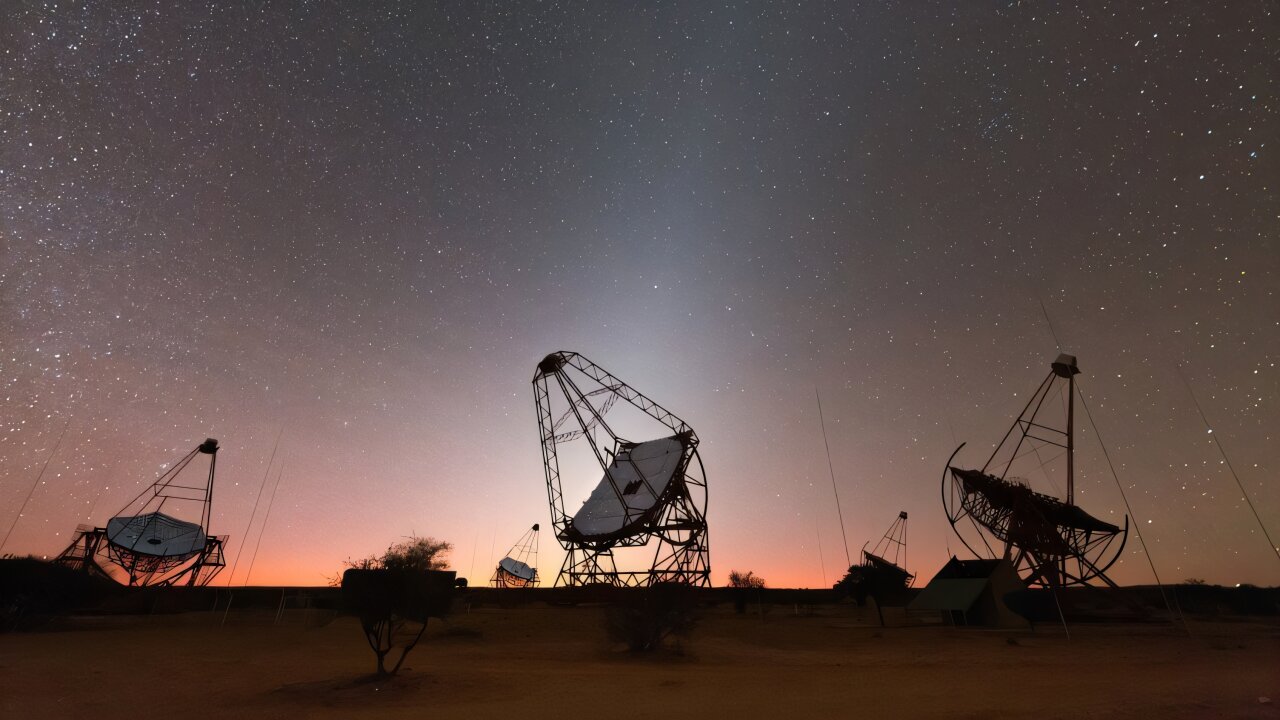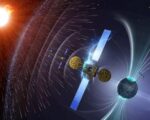Namibian Observatory Records Highest-Energy Cosmic Electrons, Unlocking Cosmic Ray Mysteries
After more than a decade of research, the H.E.S.S. (High-Energy Stereoscopic System) Observatory in Namibia has made a groundbreaking discovery by detecting the most energetic cosmic ray electrons ever observed. These high-energy particles, which include both electrons and positrons, are believed to originate from some of the universe’s most extreme and powerful phenomena, such as supernova explosions, neutron stars, and black holes. The discovery provides new insights into the sources of these particles, which are suspected to lie within a few hundred light-years of the solar system.
Understanding Extreme Cosmic Processes
The detection of these particles marks a significant advancement in our understanding of the universe’s most energetic processes. Dr. Mathieu de Naurois, Deputy Director of the H.E.S.S. collaboration and researcher at the French National Centre for Scientific Research, emphasized the importance of these findings in revealing the nature of the universe’s biggest particle accelerators. These cosmic accelerators are often linked to the most violent and high-energy phenomena in space, and by studying them, scientists can better understand the mechanics behind these extreme events.
Challenges in Detecting High-Energy Electrons
Detecting these high-energy cosmic rays presents unique challenges due to their rarity and the difficulty in distinguishing them from other cosmic particles. The H.E.S.S. Observatory overcame these obstacles by employing an innovative method using an array of large telescopes designed to detect Cherenkov radiation. This phenomenon occurs when high-energy particles collide with Earth’s atmosphere, producing a faint flash of light. The observatory’s telescopes are capable of capturing this light, allowing scientists to identify and study these particles with energy levels far exceeding those generated by Earth-based accelerators.
Advancing the Study of Cosmic Rays
The successful detection of cosmic electrons with energies surpassing several teraelectronvolts (TeV) marks a new frontier in astrophysical research. This breakthrough provides a clearer picture of the dynamic and violent environments where these particles are produced, offering clues about the physical conditions near black holes and other extreme objects. As the H.E.S.S. Observatory continues its research, it is poised to further unravel the mysteries of cosmic rays and the powerful forces shaping the universe. This discovery not only enhances our understanding of high-energy particles but also paves the way for future research into the most energetic and distant phenomena in space.


















